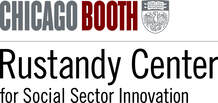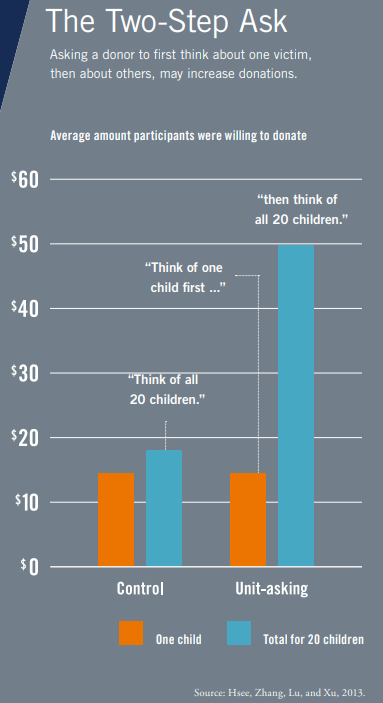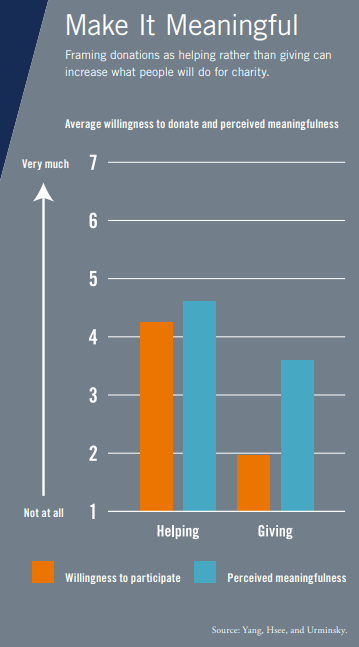Social Impact InsightsOur blog provides insights for social impact professionals in business and nonprofits. We offer advice on making the greatest impact in your organization by giving clear real-world advice on important topics of today.
|
 University of Chicago Booth School of Business’s Rustandy Center for Social Sector Innovation, this guide provides four research-based ideas you can implement today. The Rustandy Center for Social Sector Innovation is the Chicago Booth business school's social impact hub and destination for people tackling complex social and environmental problems. This information is provided by the Rustandy Center in their downloadable e-book here.
3. Make Your Fundraiser Exceptional
Reframing your annual fundraiser as a unique opportunity can drum up higher donations. Abigail Sussman, associate professor of marketing at Chicago Booth, finds that minor differences in the way a charity frames its donation plea, as either a regular occurrence or an exceptional one, can make a big difference in how likely people are to donate. For example, researchers altered the wording in online ads for the Alzheimer’s Association’s annual charity walk, so that one ad read “Held annually for Alzheimer’s,” while another read “Only once a year for Alzheimer’s.” People were more likely to click through and donate for the latter, when the walk appeared to be an exceptional rather than a regular occurrence. 4. Give Suggestions... Carefully Not all donors are created equal. Whether first-time donor or seasoned philanthropist, offering suggested donations can help guide their giving with positive results. “Small changes can impact people’s choices, especially for people who aren’t sure what their actual preferences are,” says Urminsky, who is conducting research with Indranil Goswami, assistant professor of marketing at the School of Management at the University at Buffalo. Urminsky and Goswami find that setting higher default donation amounts increases how much a donor gives, but can reduce the number of donors. When targeting likely donors, suggesting larger amounts can be beneficial. If boosting participation is the primary goal, setting a low default can increase donation rates. When setting default donations, understanding your donors and their commitment to giving is key.
1 Comment
|
 RSS Feed
RSS Feed





